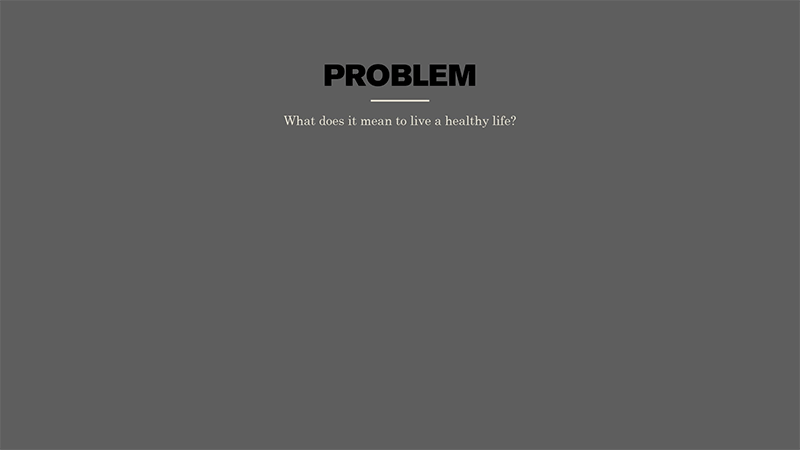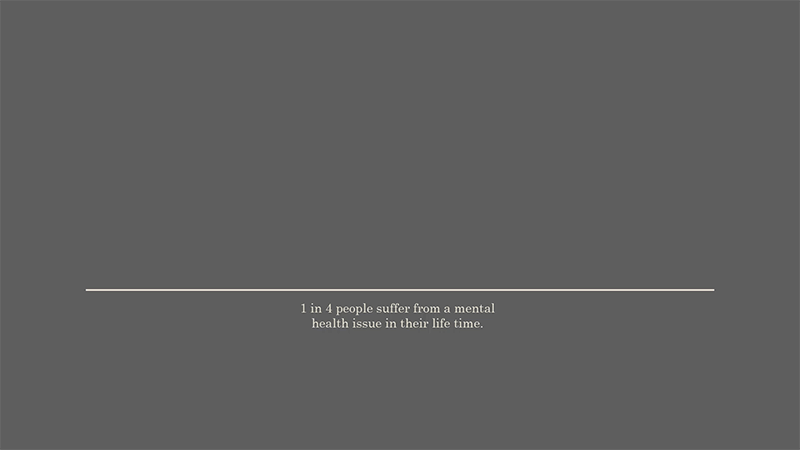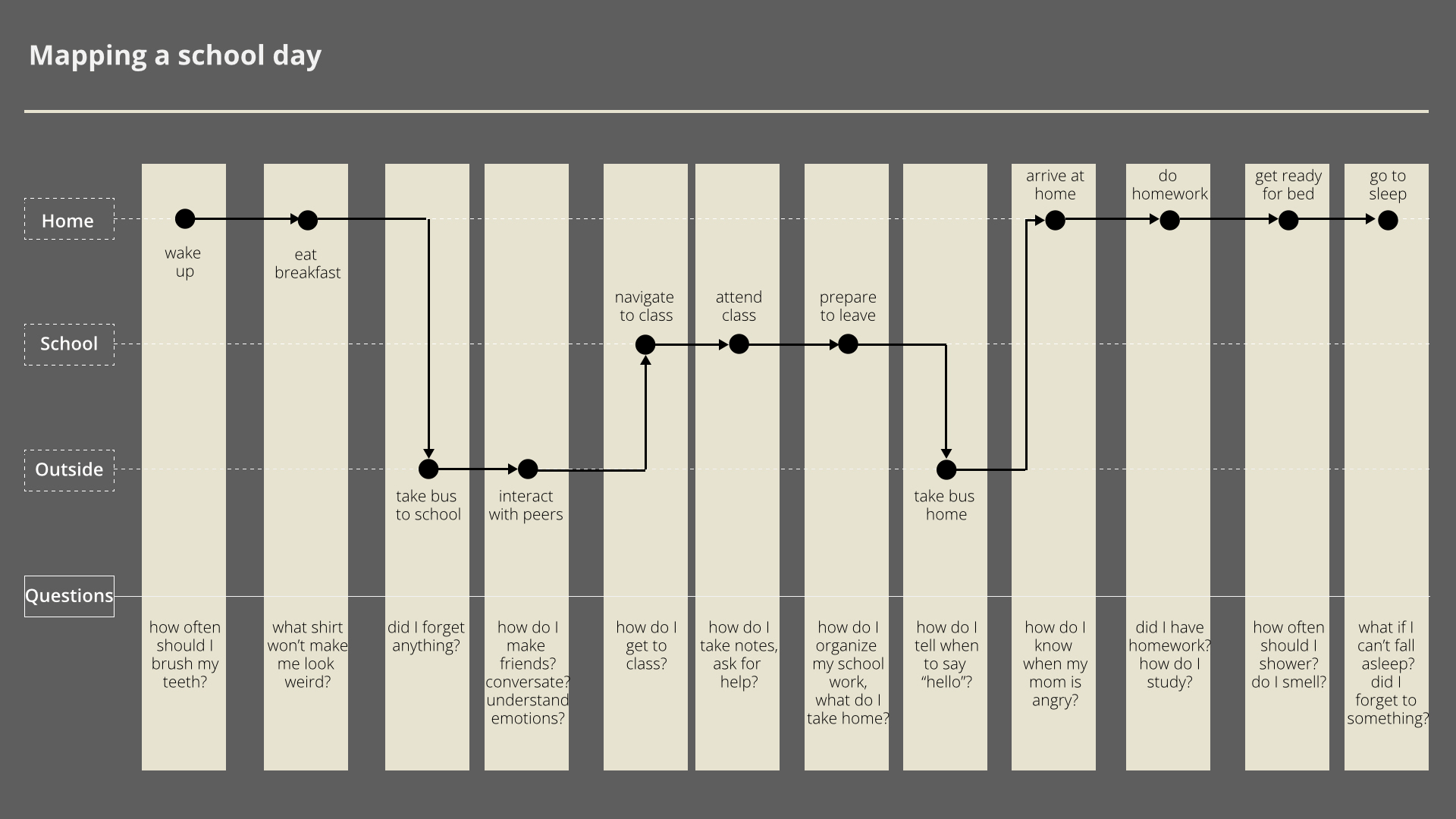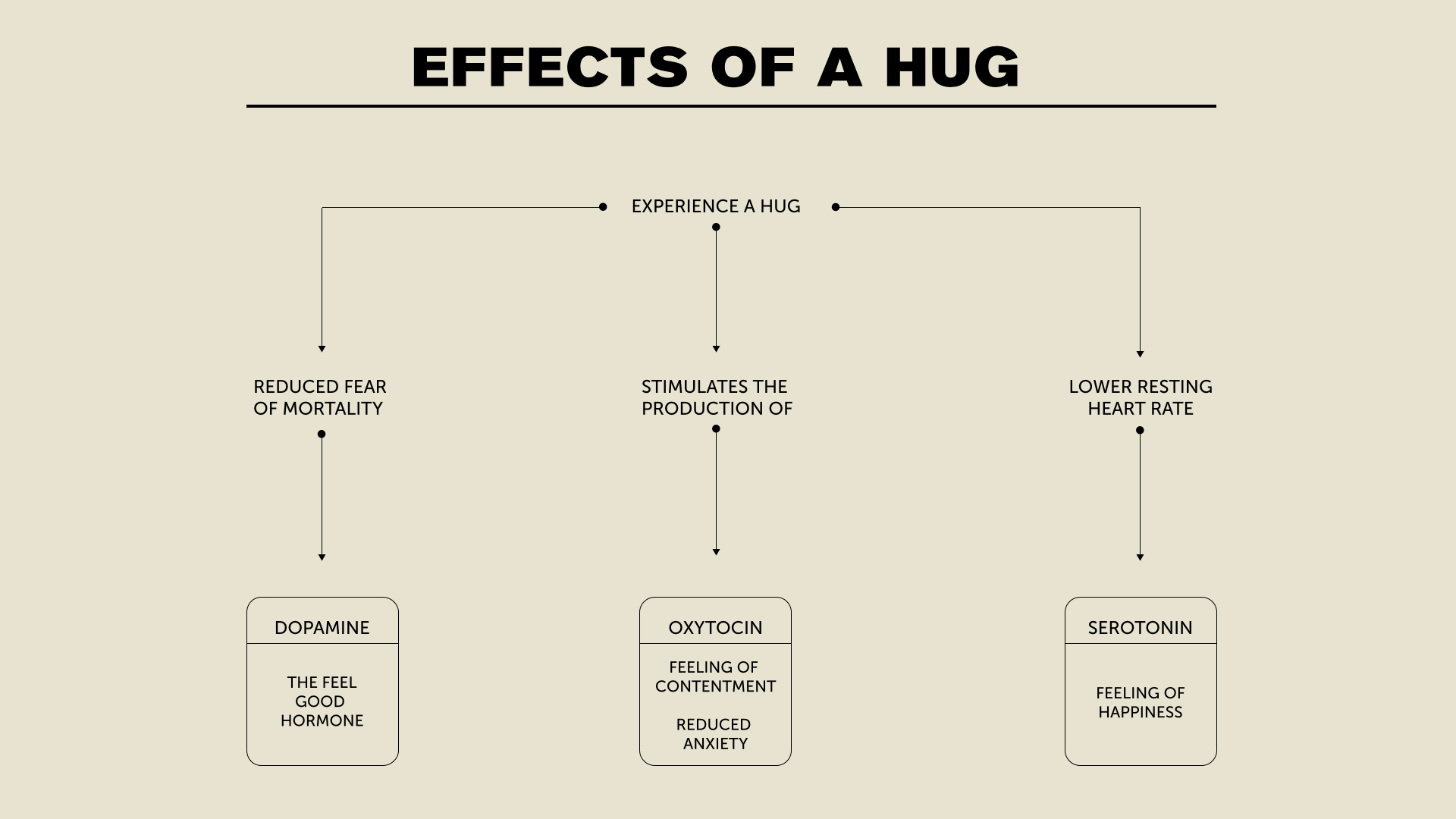POWER SUITS: Building Confidence in Children with Mental Health Conditions
For a long time, when Doug Fertig heard people talking about wanting to live a healthier life, he perceived a problem: the conversation would focus on building better habits around diet and exercise. Through personal experience and research, however, Doug knew that this was only part of the solution. Taking into consideration the fact that one in four people will suffer from a mental health issue in their life, he argues, "'making healthier choices' are not choices that are simply healthier for our body, but rather also healthier for our mind."
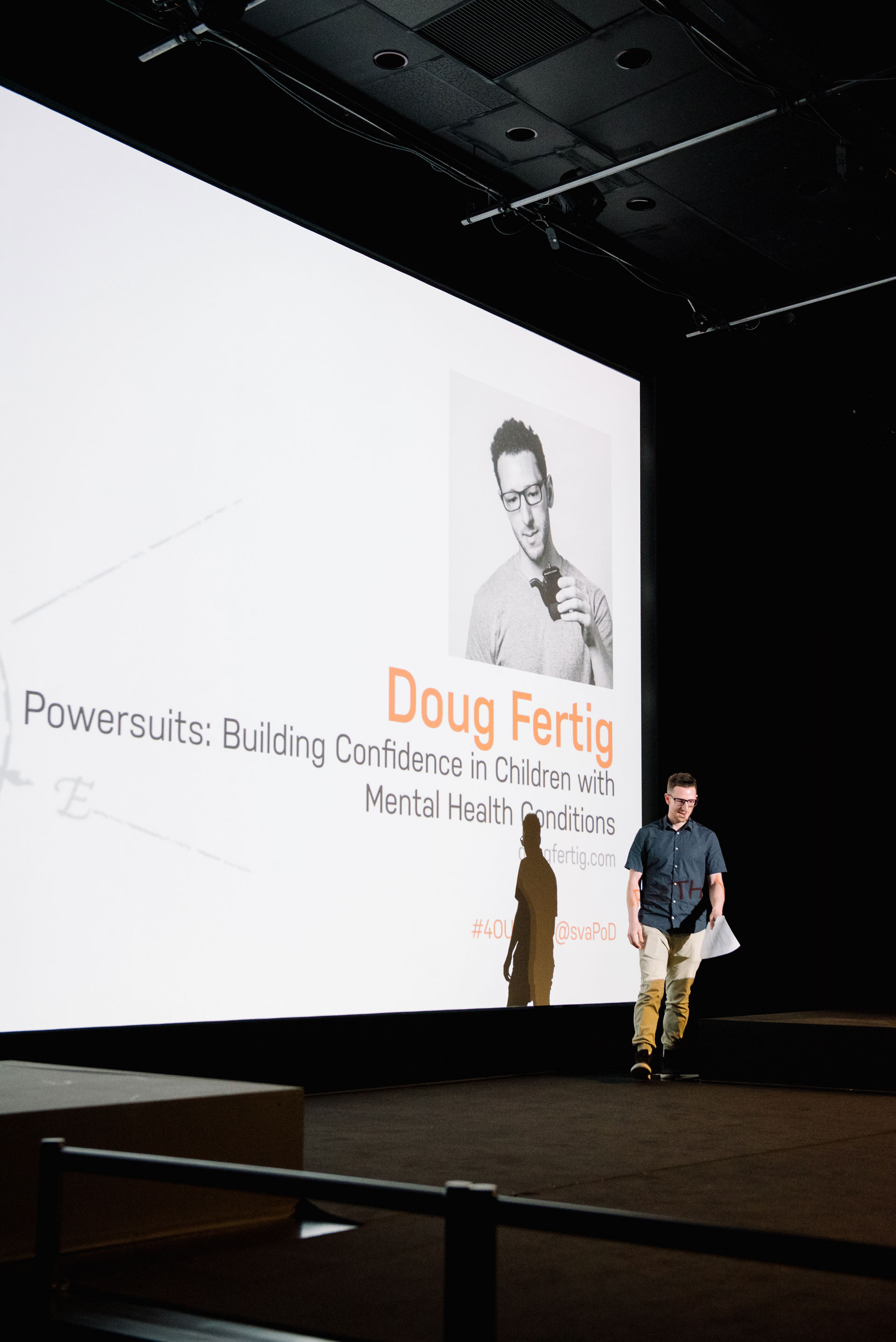

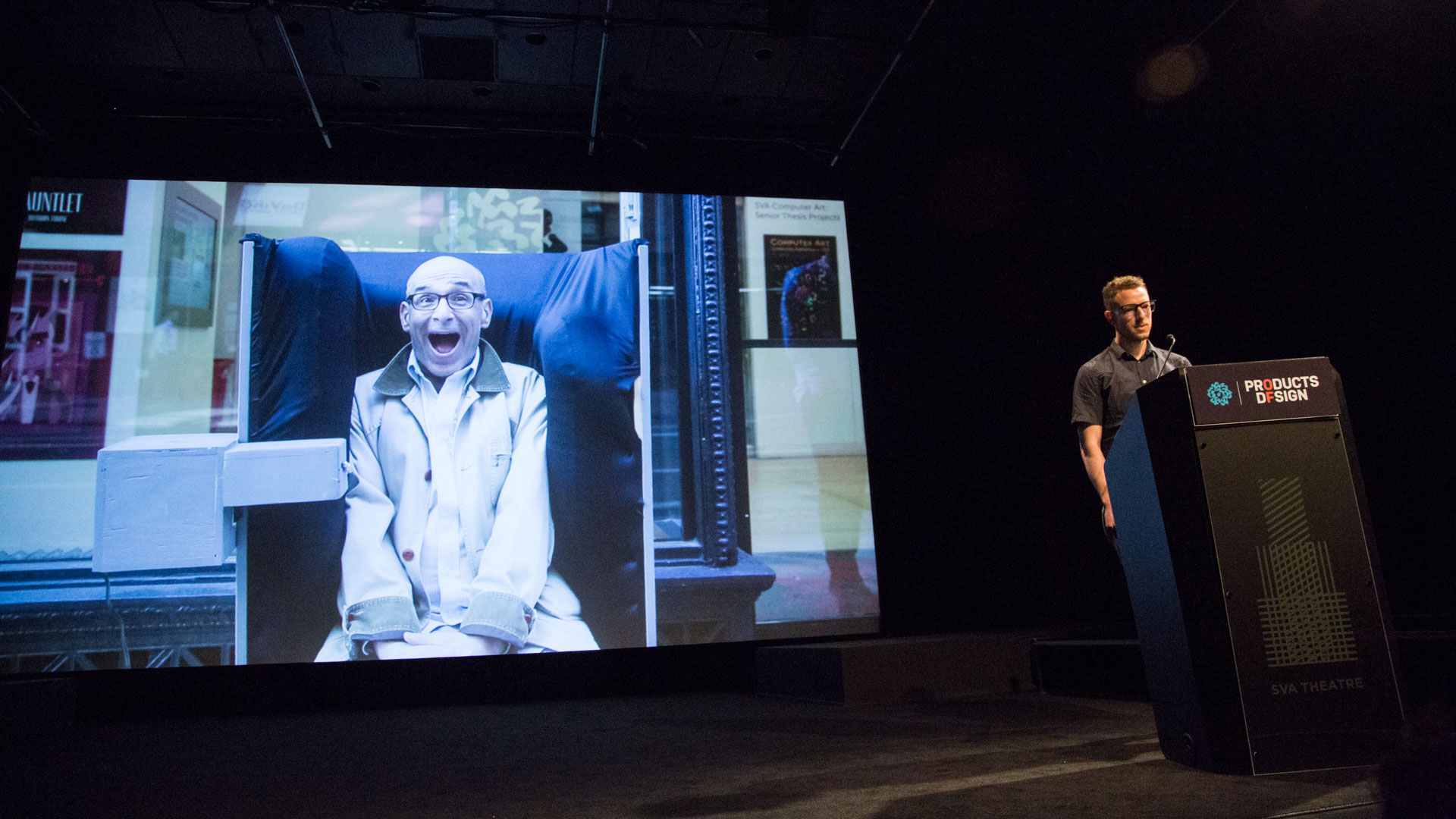
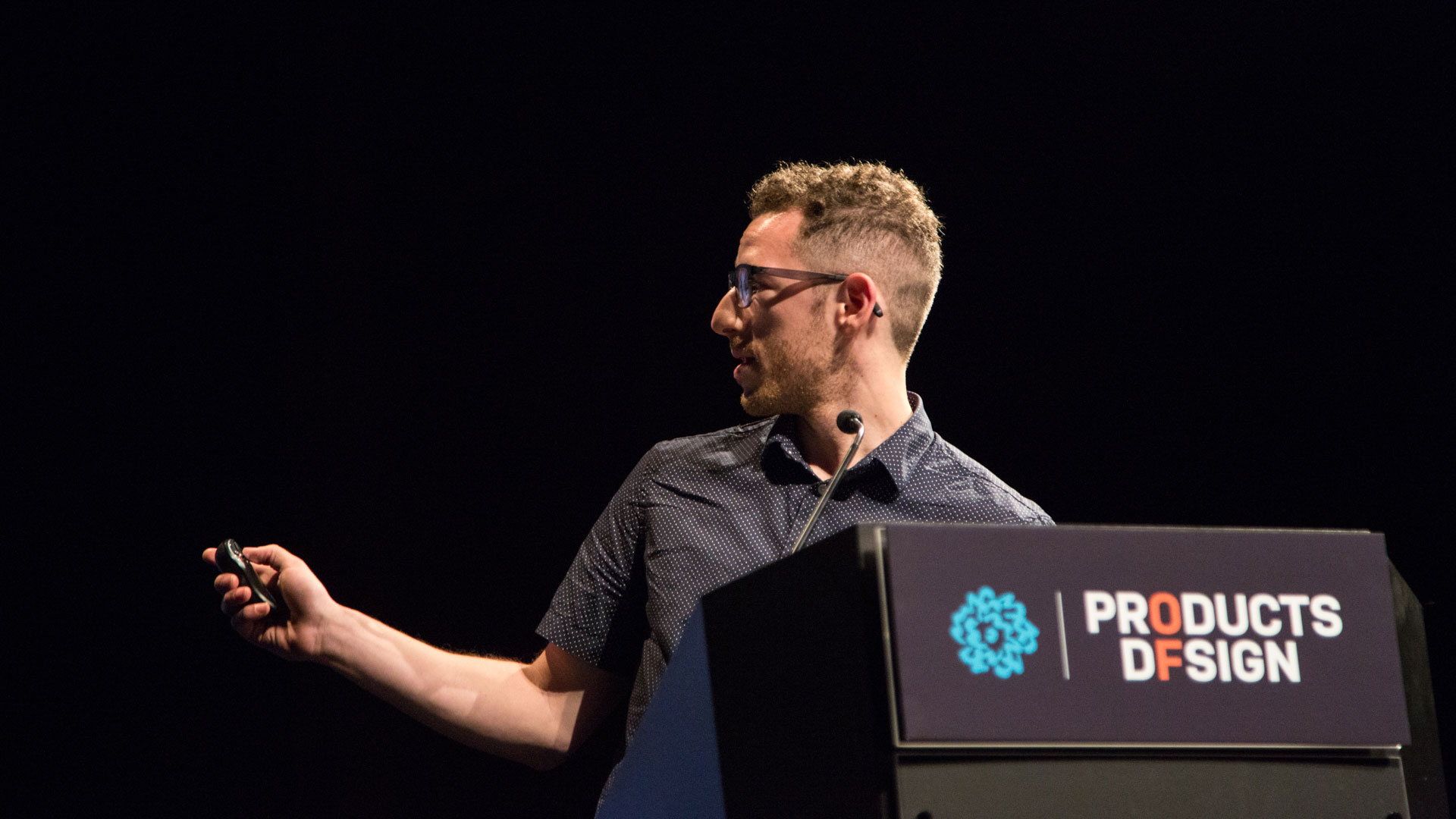


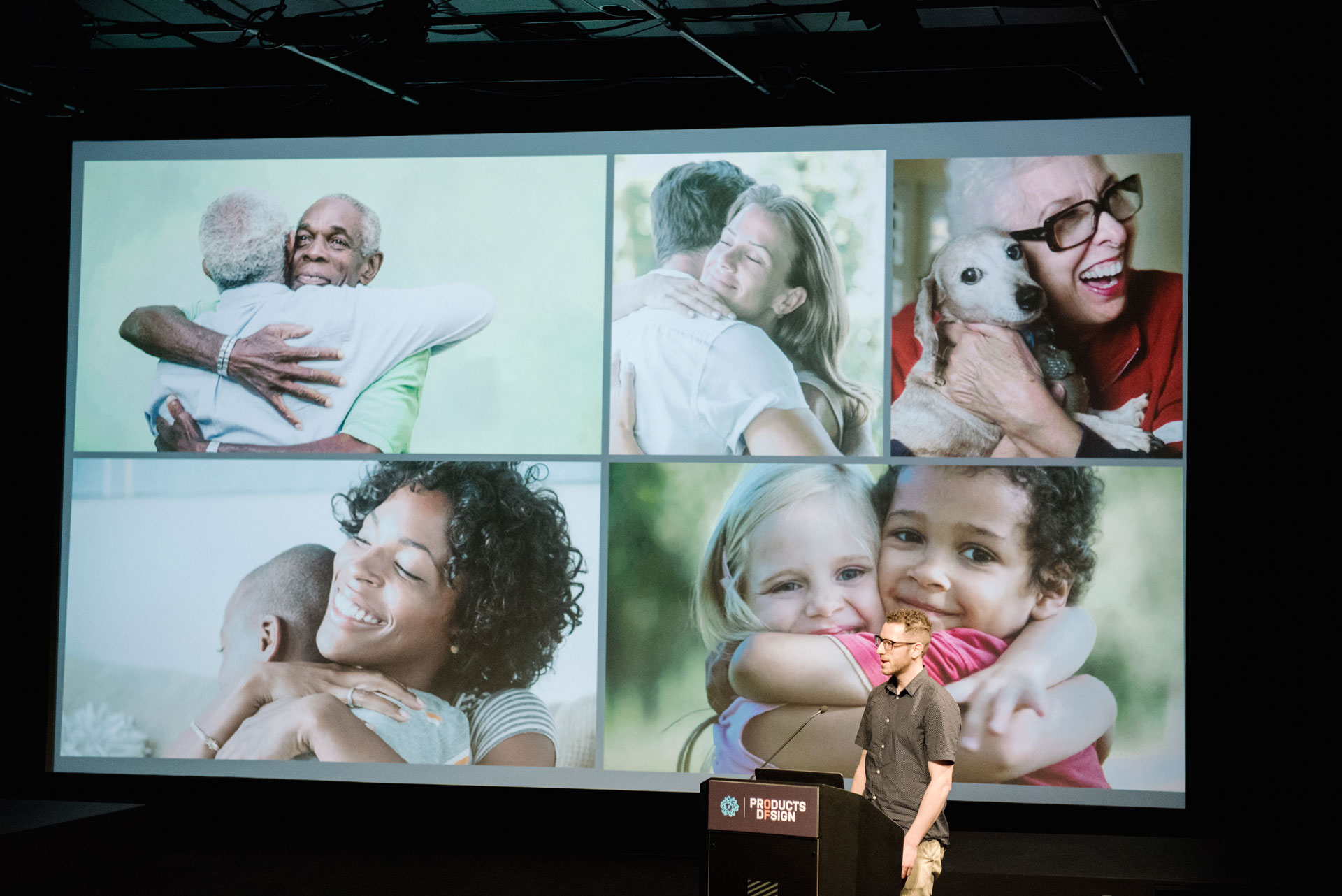



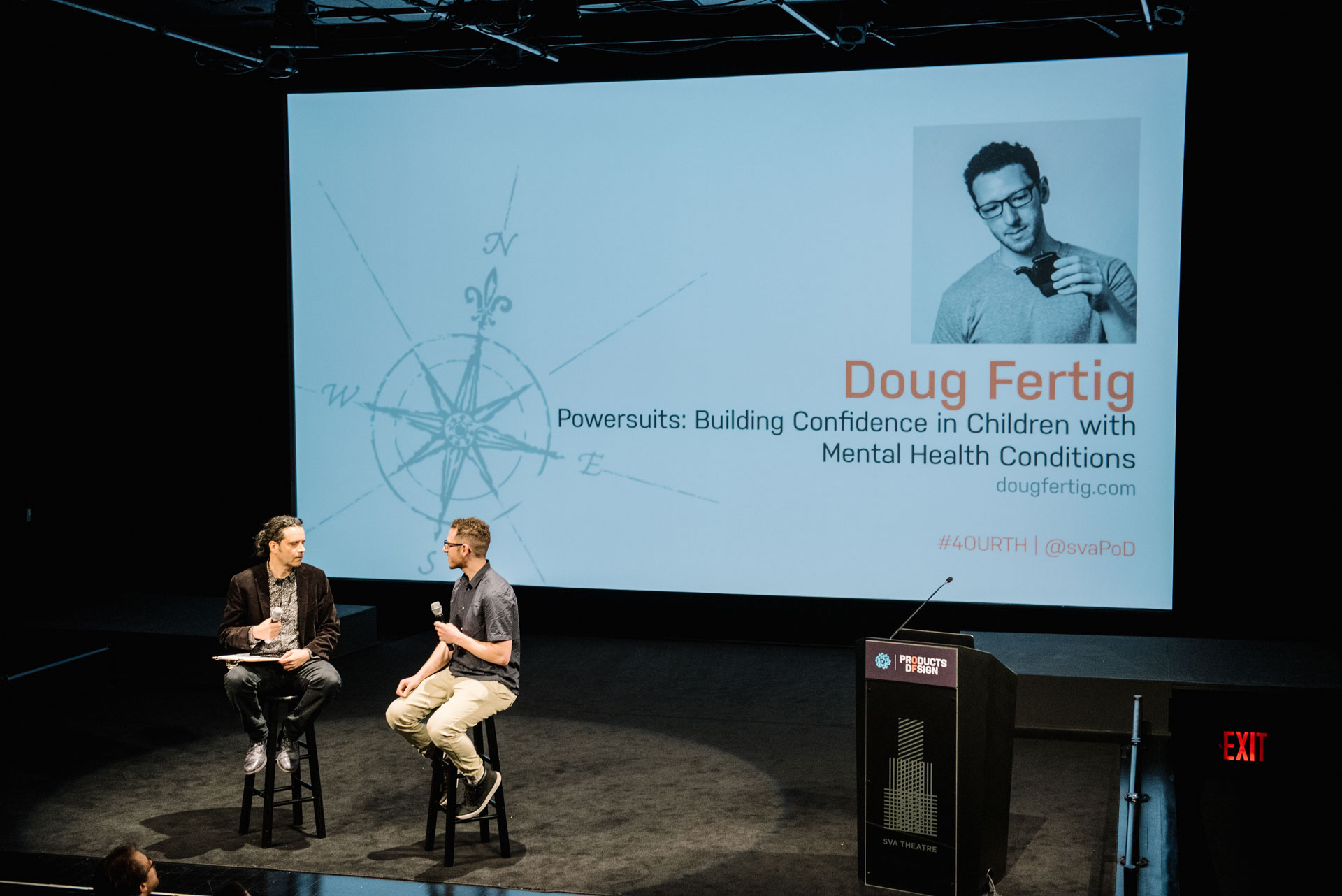

A survey by the American Psychological Association evidenced that American teens reportedly experience higher levels of stress than adults.
After receiving his Bachelor of Fine Arts, Doug decided to pursue teaching as a career, taking advantage of an opportunity to work as an art teacher at Sage Day—a private therapeutic high school located in New Jersey that offers an intimate educational environment for students suffering from emotional troubles. This would be Doug’s first introduction to teaching. “What I experienced over the course of my three and a half years at Sage Day—learning how to teach, and how to manage the students and their diagnosed issues—was equally challenging and rewarding,” Doug reflects.
Leveraging this experience for his thesis, Power Suits: Building Confidence in Children with Mental Health Conditions, he began doing a series of mapping exercises that depicted the lives of students who were struggling with mental health issues. Here, Doug was able to highlight how school, social life, career plans, finances, and family problems can act as daily pain points.
"A survey by the American Psychological Association evidenced that teens in America reportedly experience higher levels of stress than adults," Doug remarks. “Having worked at a special education high school, I felt connected to this population in particular—adolescents with mental health conditions—and intended to set out to design products, services and experiences that would help develop coping skills for managing stressful situations.”
Although children cannot develop superhuman powers, identifying with the characteristics of a superhero can help children overcome unfavorable circumstances and issues associated with their emotional difficulties.
What’s Your Superpower?
Doug believes that almost every superhero story has several ties to real-life issues—which can be used as clinical metaphors. "Superman leaving his home as a baby can be used as a metaphor for adoption or early childhood trauma, for example. Batman witnessing his parents being murdered can relate to adoption. Superheroes have traumatic life stories, yet they overcome adversity and develop beyond-human abilities. Although children cannot develop superhuman powers, identifying with the characteristics of a superhero can help children overcome unfavorable circumstances and issues associated with their emotional difficulties."
These insights led to What’s Your Superpower, a co-creation workshop that encouraged students to redefine how they perceive emotions. Taking place at the Reece School and Sage Day School—both of which have a considerable population of students with emotional, behavioral and/or learning difficulties. The two workshops occurred on the same day; the Reece School located on the Upper East Side in Manhattan, and the Sage Day School located in Rochelle Park, New Jersey. It was an adventurous day for Doug—traveling between the two schools by train and by bus, carrying all the materials and equipment for documenting the events.
The workshop was developed with a project-based structure, and incorporated activities that would be engaging for the students. Doug provided students with workbooks, and guided them through a series of instructions. First, he asked them to identify an emotion; second, to envision that emotion as a superpower; and last, to construct a wearable design based on their superpower. Designs ranged from hats, arm sleeves and capes to full body suits—all meant to be worn as a way for the students to metaphorically wear their emotions and carry with them the ability to cope with their difficulties...wherever they go. Doug’s own goal was to develop insights that would inform future work by observing how the students interpreted and engaged with in the assignment.
Air Dancer is a mobile application that focuses on the benefits of deep abdominal breathing to reduce stress. Users simply breathe into the microphone to make an air dancer move and dance.
Air Dancer
It is widely held that there are tremendous benefits to taking a moment, sitting or standing in a comfortable position, and paying close attention to the rate and frequency of one's breath. Breathing can reduce stress, and conscious, deep abdominal breathing can deliberately control the rate of each breath.
Breathing helps to self-regulate stress levels because of what happens in the body’s nervous system—where two opposing forces work to speed up or slow down processes in the body. When a deep breath is inhaled, blood from the body is directed into the lungs. This action causes the heart to speed up and deliver more blood to the rest of the body. This process continues on a loop as breathing continues. The lungs also contain receptors; during this period of continuous breathing, those receptors send a signal to the brain causing it to slow down the forces that speed up during the breathing cycle, resulting in calming, relaxing effects.
By surveying the current landscape of stress relieving mobile applications, Doug recognized how saturated the market is with products that focus on mindfulness, or require a large amount of user input. His breakthrough happened when he observed the behavior of the beloved "air dancer."
Air Dancer is a mobile application that focuses on the benefits of deep abdominal breathing to reduce stress. Users simply breathe into the microphone to make an air dancer move and dance.
As a platform, Air Dancer links with your social media accounts to allow you to connect with your friends...and breathe together.
"Air Dancer cab also live beyond your phone," Doug offers. "As a campaign, it exists in the form of large-scale, interactive installations. Here, participants are empowered with super-human abilities when they breathe into a tube—triggering the inflation of giant air dancers.
The Huggy Dougie is a chair whose cushions expand—alleviating stress by providing the user with a gentle squeeze meant to mimic the feeling of being hugged.
Huggy Dougie
Most people experience a warm, enjoyable feeling in the act of giving or receiving a hug. This feeling is created by more than just the physical connection of a hug—for hugging has been proven to release certain hormones, lower resting heart rates, and reduce the fear of death. Scientists have likened the effect of a hug to taking any of a number of recreational drugs.
The Huggy Dougie is a chair whose cushions expand—alleviating stress by providing the user with a gentle squeeze meant to mimic the feeling of being hugged. The user sits in the chair, activating the expansion of an internal cushion system. When the level of expansion has met the user’s desired level of snugness, the inflation system turns off and the user can enjoy their "hug."
As a form of direct user testing, Doug brought an early functional prototype onto the sidewalk of New York City, and asked passers by to take the chair for a spin.
Spending a year designing for stress, Doug realized that he was also indirectly designing for happiness. He commented, “When you think about how our bodies are designed to relax through things like hugging and breathing, our bodies are also designed to be happy.”
Learn more about Doug Fertig's work at dougfertig.com, and contact him at dougfer{at]gmail[dot]com.

